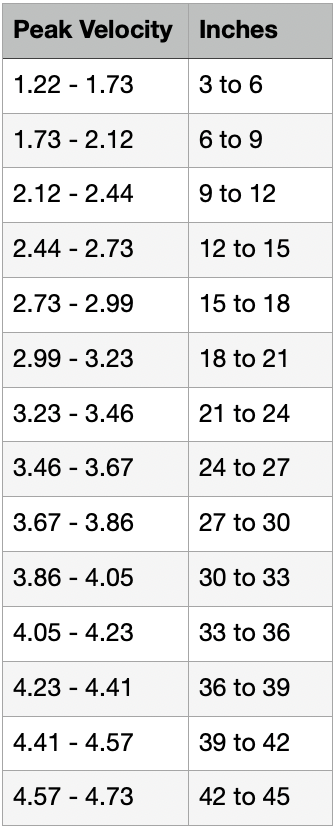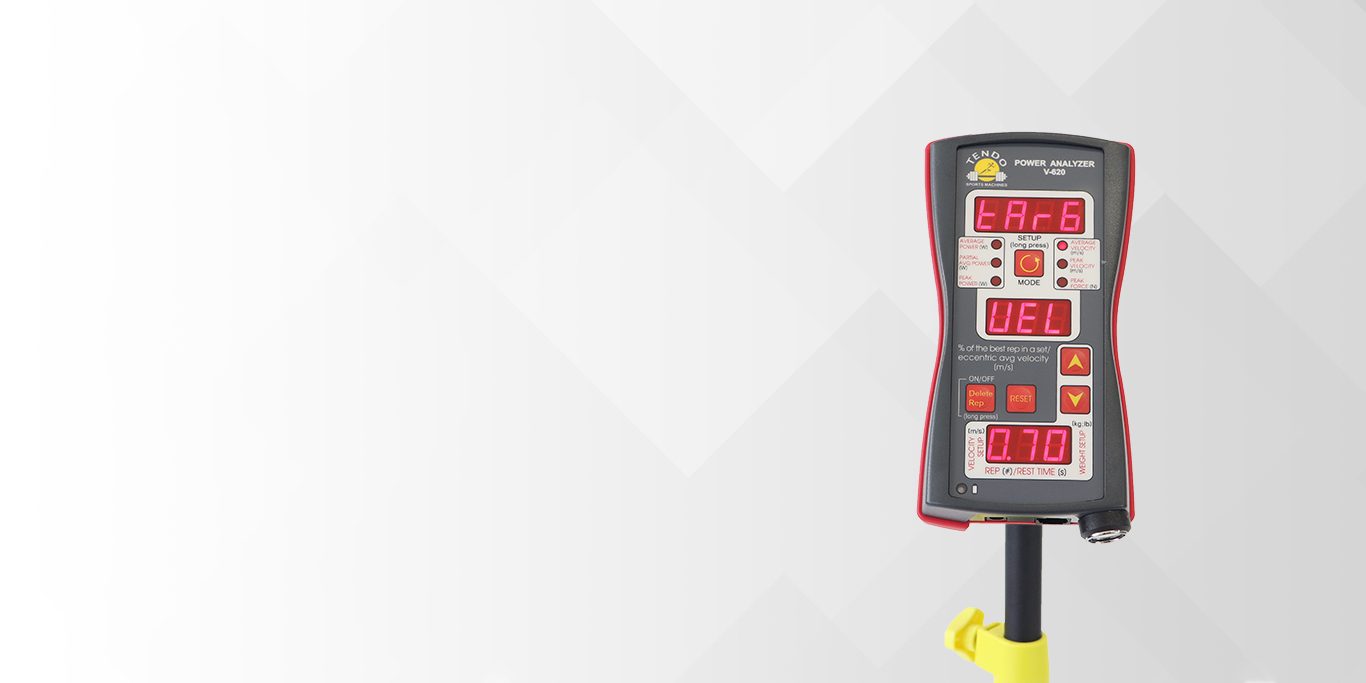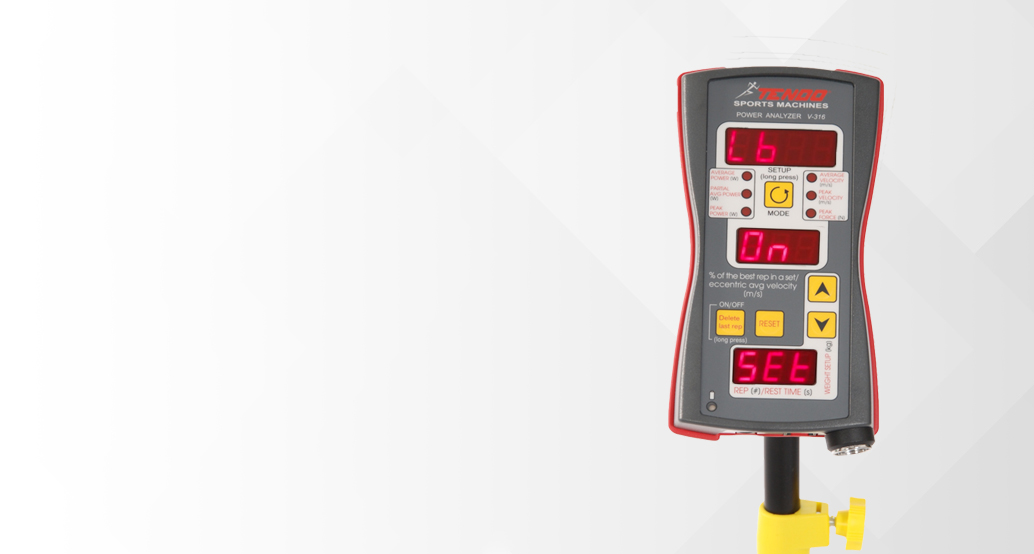Can I measure height of vertical jumps with Tendo Unit?
Can I measure height of vertical jumps with Tendo Unit?
Tendo Units themselves don’t directly measure jump height.
So, why am I seeing people measure vertical jumps with Tendo Unit?
Because Tendo Units provide velocity, power, and force data that correlate strongly with jump height—and even more importantly, with overall explosive performance. These metrics allow for precise, repeatable insights that go beyond just measuring how high someone jumps.
Tendo Units themselves don’t directly measure jump height.
So, why am I seeing people measure vertical jumps with Tendo Unit?
Because Tendo Units provide velocity, power, and force data that correlate strongly with jump height—and even more importantly, with overall explosive performance. These metrics allow for precise, repeatable insights that go beyond just measuring how high someone jumps.
Here’s how Tendo Units relate to jump height:
1. Measuring peak velocity of the jump
Jump height and peak velocity are strongly linked. The faster an athlete leaves the ground, the higher they jump—thanks to the impulse-momentum relationship.
Peak velocity is reached just before take-off, not exactly during push-off. So while it doesn’t give a perfect jump height reading, neither do jump mats or most field tools unless they calculate impulse directly.
What matters is reliability. Tendo Units consistently measure peak velocity with high repeatability, making it a trusted metric for tracking explosive performance.
In general: higher velocity = greater power = higher jump

A cheat sheet table of converted peak velocities to inches by Max Schmarzo (strongbyscience.net)
Here’s how Tendo Units relate to jump height:
1. Measuring peak velocity of the jump
Jump height and peak velocity are strongly linked. The faster an athlete leaves the ground, the higher they jump—thanks to the impulse-momentum relationship.
Peak velocity is reached just before take-off, not exactly during push-off. So while it doesn’t give a perfect jump height reading, neither do jump mats or most field tools unless they calculate impulse directly.
What matters is reliability. Tendo Units consistently measure peak velocity with high repeatability, making it a trusted metric for tracking explosive performance.
In general: higher velocity = greater power = higher jump

A cheat sheet table of converted peak velocities to inches by Max Schmarzo (strongbyscience.net)
2. Tracking Power Output Over Time
Jump height is driven by an athlete’s power output. With Tendo Units, you can monitor this power during jump training—rep by rep, session by session.
Tracking power trends over time helps coaches spot progress (or plateaus) in explosive strength. As power improves, so should jump height.
This gives you real-time insight into athletic development, not just end results like the jump height.
For the best practice, baseline the power in the jump of your athletes at the beginning of your training cycle and then re-test the jump power periodically to check the progress.
2. Tracking Power Output Over Time
Jump height is driven by an athlete’s power output. With Tendo Units, you can monitor this power during jump training—rep by rep, session by session.
Tracking power trends over time helps coaches spot progress (or plateaus) in explosive strength. As power improves, so should jump height.
This gives you real-time insight into athletic development, not just end results like the jump height.
For the best practice, baseline the power in the jump of your athletes at the beginning of your training cycle and then re-test the jump power periodically to check the progress.
3. Application in Plyometric and Strength Training
Using a Tendo Unit during plyometric drills (like depth jumps or box jumps) or strength movements (like loaded jump squats) helps athletes optimize both force and velocity—key drivers of vertical performance.
Even more valuable is the immediate feedback Tendo Units provides. Athletes can adjust in real time, focusing on quality over quantity and maximizing intent on every rep.
This sharpens focus, increases training intent, and accelerates results.
3. Application in Plyometric and Strength Training
Using a Tendo Unit during plyometric drills (like depth jumps or box jumps) or strength movements (like loaded jump squats) helps athletes optimize both force and velocity—key drivers of vertical performance.
Even more valuable is the immediate feedback Tendo Units provides. Athletes can adjust in real time, focusing on quality over quantity and maximizing intent on every rep.
This sharpens focus, increases training intent, and accelerates results.
Can I use any Tendo Unit to asses vertical jumps?
Can I use any Tendo Unit to asses vertical jumps?
We recommend using the WL version together with the Tendo JumpMat. This combination offers the safest and most precise way to measure vertical jumps.
The included special waist belt positions the sensor directly under the athlete’s hip joint—eliminating interference from spinal extension and ensuring cleaner data. The JumpMat also provides a flat, stable platform, allowing vertical jumps to be performed safely and consistently in any training environment.
- Tendo Unit – WL or Tendo MyUnit – WL
- Tendo JumpMat (waist belt included)
We recommend using the WL version together with the Tendo JumpMat. This combination offers the safest and most precise way to measure vertical jumps.
The included special waist belt positions the sensor directly under the athlete’s hip joint—eliminating interference from spinal extension and ensuring cleaner data. The JumpMat also provides a flat, stable platform, allowing vertical jumps to be performed safely and consistently in any training environment.
- Tendo Unit – WL or Tendo MyUnit – WL
- Tendo JumpMat (waist belt included)



